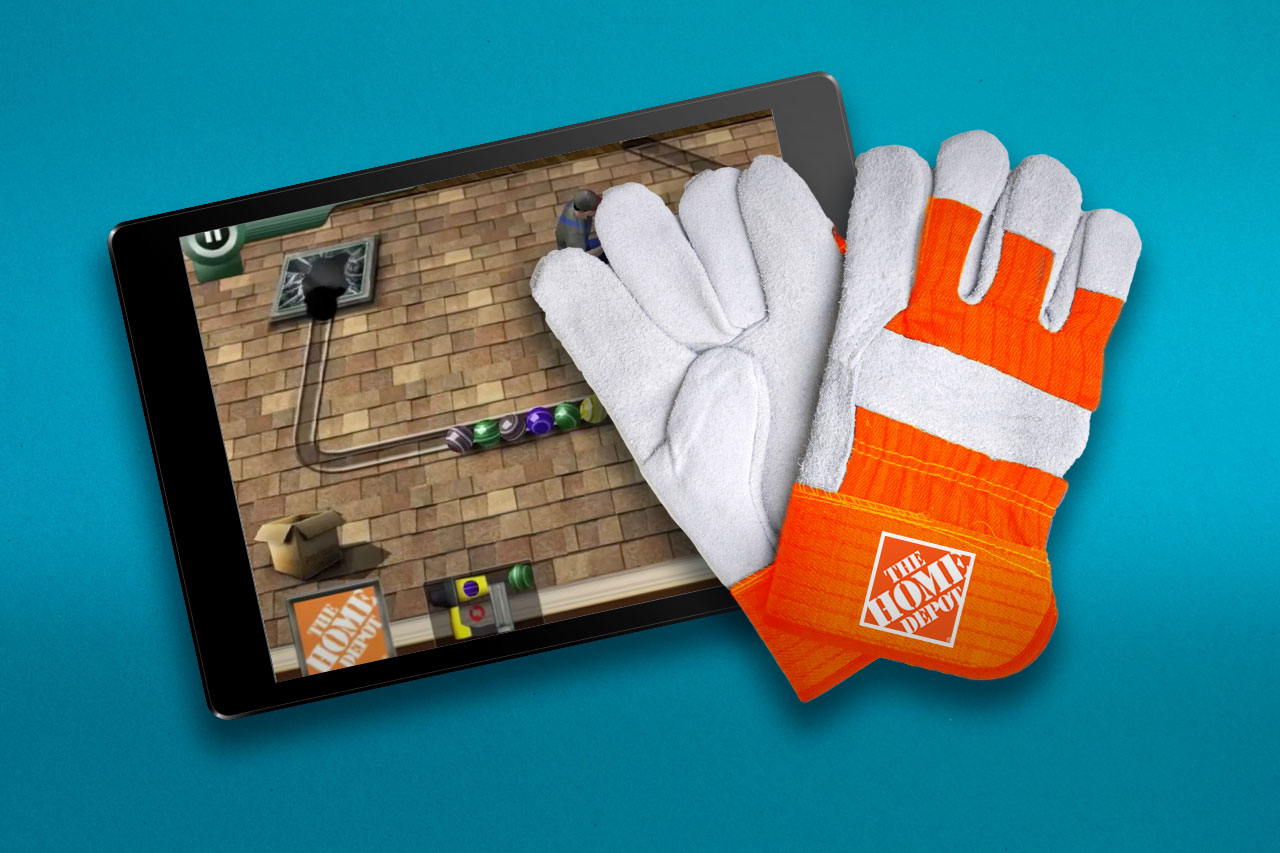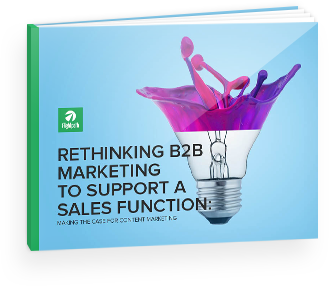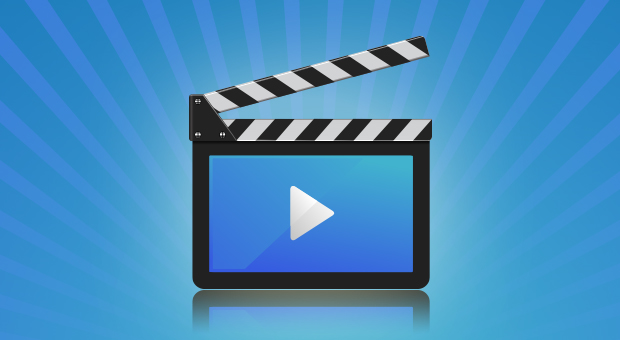One of today’s greatest marketing challenges is capturing an audience’s attention. How can we be expected to create content that engages users with an attention span shorter than that of a goldfish? Videos, gifs, and cinemagraphs are great, but the challenge is keeping people interested and absorbing your content instead of scrolling past it. Sure, […]
One of today’s greatest marketing challenges is capturing an audience’s attention. How can we be expected to create content that engages users with an attention span shorter than that of a goldfish?
Videos, gifs, and cinemagraphs are great, but the challenge is keeping people interested and absorbing your content instead of scrolling past it. Sure, likes are something to celebrate (whose life isn’t defined by the number their last Instagram received?), but a real success story is determined by long engagements and mindshare.
As marketers, we know creating content based on user behavior is the place to start, and that’s exactly what Jim Wexler, president of Experiences Unlimited does everyday by creating game-based experiences.
Gaming as a marketing tool
We don’t often hear of games used as a marketing tool. They’re a different breed than what we’re used to, as they require the user’s full attention and spur long engagements. Where do we sign up, right? But to create a game experience and expect people to play, you must carefully balance fun, learning, and incentives.
Games are particularly useful when it comes to B2B marketing. When roofing giant GAF approached Wexler looking for help educating its channel partners at The Home Depot, he knew exactly how to go about helping.
The case study – how GAF educated channel partners
The Pro Desk employees at The Home Depot must cover an overwhelming array of products, so it’s a challenge for GAF to make sure the employees know enough about them to properly sell their roofing product line.
GAF needed to educate these The Home Depot employees so that when customers came to purchase roofing materials, the Pro Desk employees remembered to suggest GAF’s full six-product line.
“Often a market communication chief in channel sales will think they’ve got to teach 40 things,” Wexler said. “But the real lesson is, boil it down to three or four things that truly matter, and that’s what a game can be good for.”
So that’s exactly what they did. Wexler and his team created ‘Roofing System Challenge,’ a simple incentivized game to educate Pro Desk personnel on the six components to a roofing system.
“We made Roofing System Challenge to hammer home the same message over and over again while delivering a fun experience,” Wexler said.
The results – long engagements and mindshare
The game turned out to be a success both in educating channel partners and keeping them engaged. Throughout the campaign, there was an average of 250 employees playing per week with a 30% rolling retention rate after the first month. And the people who were playing were engaging at an average of 10 minutes per session. Not too shabby.
A 10-minute-long engagement is a huge accomplishment in today’s world of endless distractions. But it makes sense – what better way to engage a distracted worker than with something educational in the form of a distraction?
Marketers are constantly striving to create a unique user experience, and gamification is proving to be a successful strategy for the right projects.
“It’s about articulating a brand story,” Wexler said. “Everyone has a story. We just delivered it in an innovative way.”
https://www.youtube.com/watch?v=-tYiYdFqDUA
Could your digital marketing benefit from gaming?
- Are you targeting a younger demographic?
- Are you trying to tell a complicated brand story or teach a complex lesson?
- Are you trying to activate a sponsorship or licensed property with customers?
- Do you need to train channel partners?
- Does your audience have mobile or PC access?


